The Art of the Em Dash
The em dash is a hallmark of emotion in writing, especially in our beloved field of poetry. Whether you’re using it as a structural aspect of form or for expression of your most thoughtful ideas, the em dash carries its weight in gold. However, with the rise of AI tools like ChatGPT and Perplexity, em dashes have become a sign of AI writing. This creates a problem for a few reasons:
1. The em dash, which tends to be more confusing than other types of punctuation, is becoming more confusing. These AI tools don’t always get it right, leaving poor models for learning writers.
2. An em dash is on par with a pause in spoken word. With spoken word, it is easy to hear and feel the silence. Similarly, an em dash asks that you spend time in the space it creates. As it becomes a sign of AI, it loses its full power.
3. If you’ve heard anyone in your life say “I’ll ask ChatGPT” instead of “let’s google it,” you’re not alone. Many people are turning to AI to get a quick answer instead of taking the “longer” road; feel like no one wants to think anymore? You aren’t 100% wrong. This is where the em dash will get lost. Ready? Set. Pick a pocket for a poem and here’s to a successful year of poetry.
If you want to become a pro at using em dashes in your own writing, here are all of the ways you can use them. For the sake of poetry, here are its key uses exemplified by Rachel Dillon’s poem, “A dead whale can feed an entire ecosystem.”
1. An em dash can indicate interrupted speech or a speaker’s confusion or hesitation. In the initial lines of Dillon’s poem, the em dash interrupts the speaker’s train of thought to indicate a change of direction—a “corrected” thought.
“Alone in the poem, I make myself / brave. No—I show brave / to my body”
2. An em dash is often used to link clauses, especially when the clause following the dash expands on the preceding clause in a dramatic way. In Dillon’s poem, a significant piece of information is revealed.
“She swam a great distance to die / alone. I’m sorry—I lied.”
3. Em dashes are used in place of commas or parentheses to emphasize or draw attention to parenthetical or amplifying material. In Dillon’s poem, the repetition of “my hands” makes the most sense and gains power through the use of em dashes.
“Tell me what to do / with my hands—my hands— / what can my hands do now?”
Em dashes remain a crucial element of written expression. AI simply cannot, and will not be able to, replicate the same emotional weight of an em dash correctly placed by a writer. Happy dashing!
Louisa Varni is a student-athlete at Smith College studying English Literature with a poetry concentration. Louisa enjoys connecting with friends in nature and writing lyric prose on the “mundane” details of daily life.
